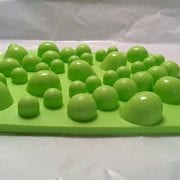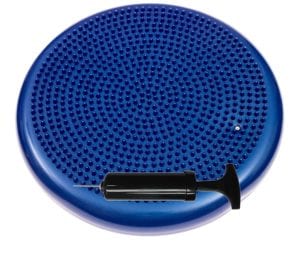5 Tips to Help You Feel Your Best this Winter
5 Tips to Help You Feel Your Best this Winter.
Winter is the perfect time to re-set your health and restore your mind. Here are a few tips to help you stay happy and healthy through the winter so you can feel your best!
1. Optimize Your Water Intake: We need half our body weight in ounces of water per day (75% for 150-pound person). Start each day with two glasses of water before any other food or drink. Drink more water in between meals as too much during meals can dilute your digestive enzymes.
2. Get More Rest: All mammals are sleeping more this time of year and so should we. Go to bed earlier, sleep in when possible and take naps once or twice a week. Your body heals more when you sleep so give it the best opportunity you can.
3. Get Your Daily Dose of Vitamin D: Get outside as much as possible and supplement with 2,000-4,000 IU’s of Vitamin D per day to help with many biological processes in the body like immune support, bone health and autoimmune disorders. For more food sources of Vitamin D, read here.
4. Feed Your Soul: Take this time to look inward and reflect on yourself through prayer, meditation, writing, yoga, etc. to connect with your inner self and help relax the mind, calm emotions and raise your spirit. Learn more about stress management here.
5. Low and Slow Cooking with Broth: Broth is nutrient dense containing many essential minerals and can easily be used instead of water for cooking rice, beans, lentils, soups and stews. Cook on low temperatures for longer times and use in-season foods like root vegetables, winter greens and bone-in meats. This infuses food with heat to keep the body warm during winter months. Learn more about cooking with the season here!
Bonus Tip: Get adjusted to minimize spinal stress that can be keeping you from feeling like yourself!




 prep go much smoother and save time. Here’s a great
prep go much smoother and save time. Here’s a great 
 oul. Enjoy quiet time, read, pray, practice breathing techniques or do whatever it is that helps you relax and feel worry free. Here are a few of our favorite apps that can help.
oul. Enjoy quiet time, read, pray, practice breathing techniques or do whatever it is that helps you relax and feel worry free. Here are a few of our favorite apps that can help.  Embrace Essential Oils (EO). EO’s provide many therapeutic benefits and can aid in immune support. Specifically,
Embrace Essential Oils (EO). EO’s provide many therapeutic benefits and can aid in immune support. Specifically, 




 mpkin seeds, almonds, black beans, and avocado.
mpkin seeds, almonds, black beans, and avocado.  Essential Oil Basics.
Essential Oil Basics.
